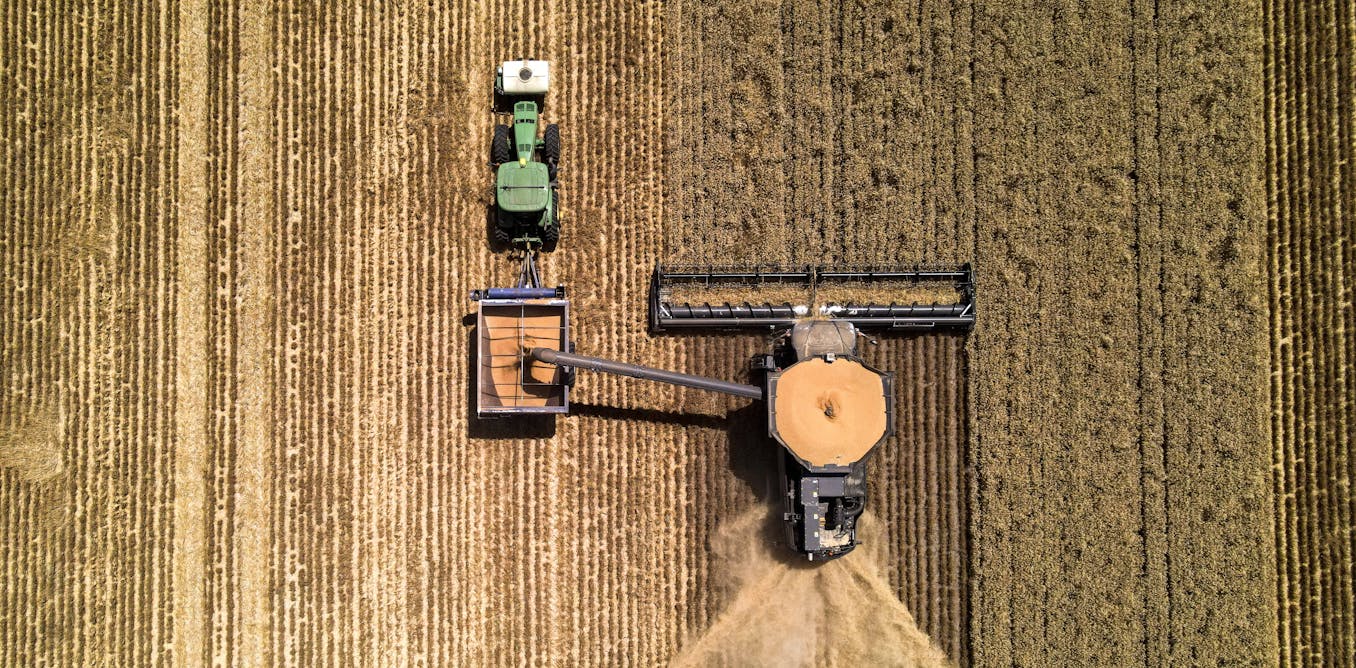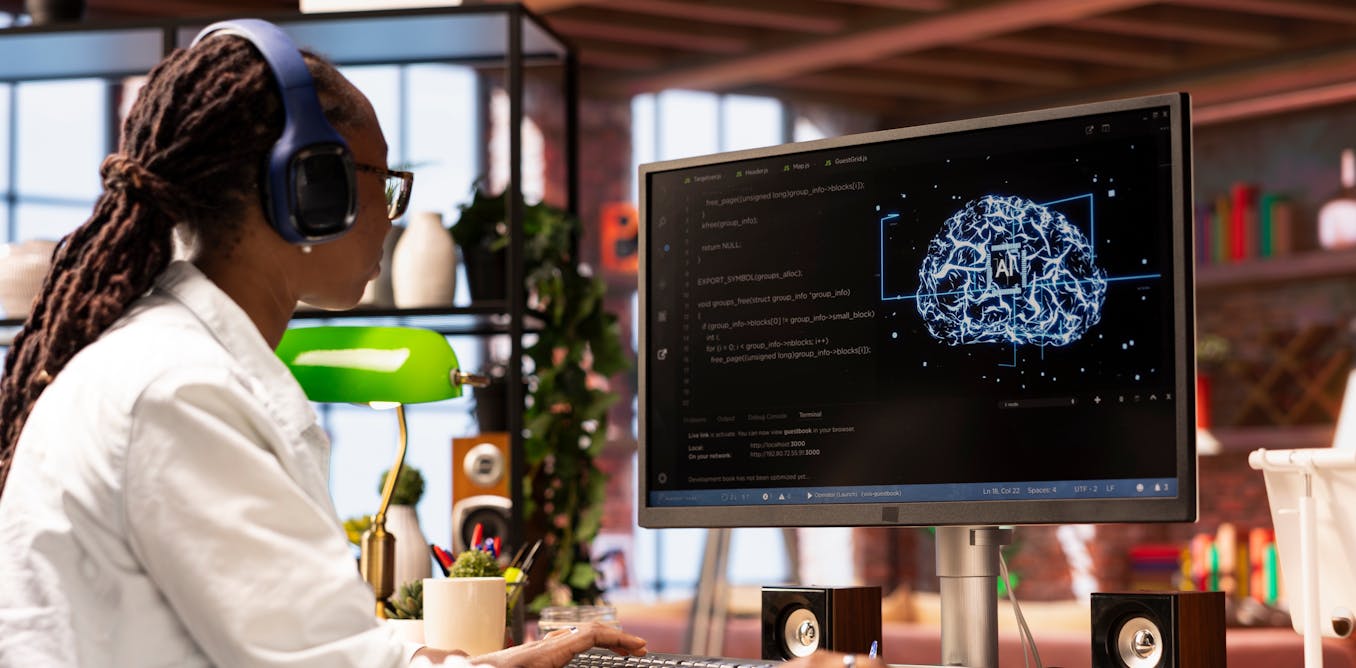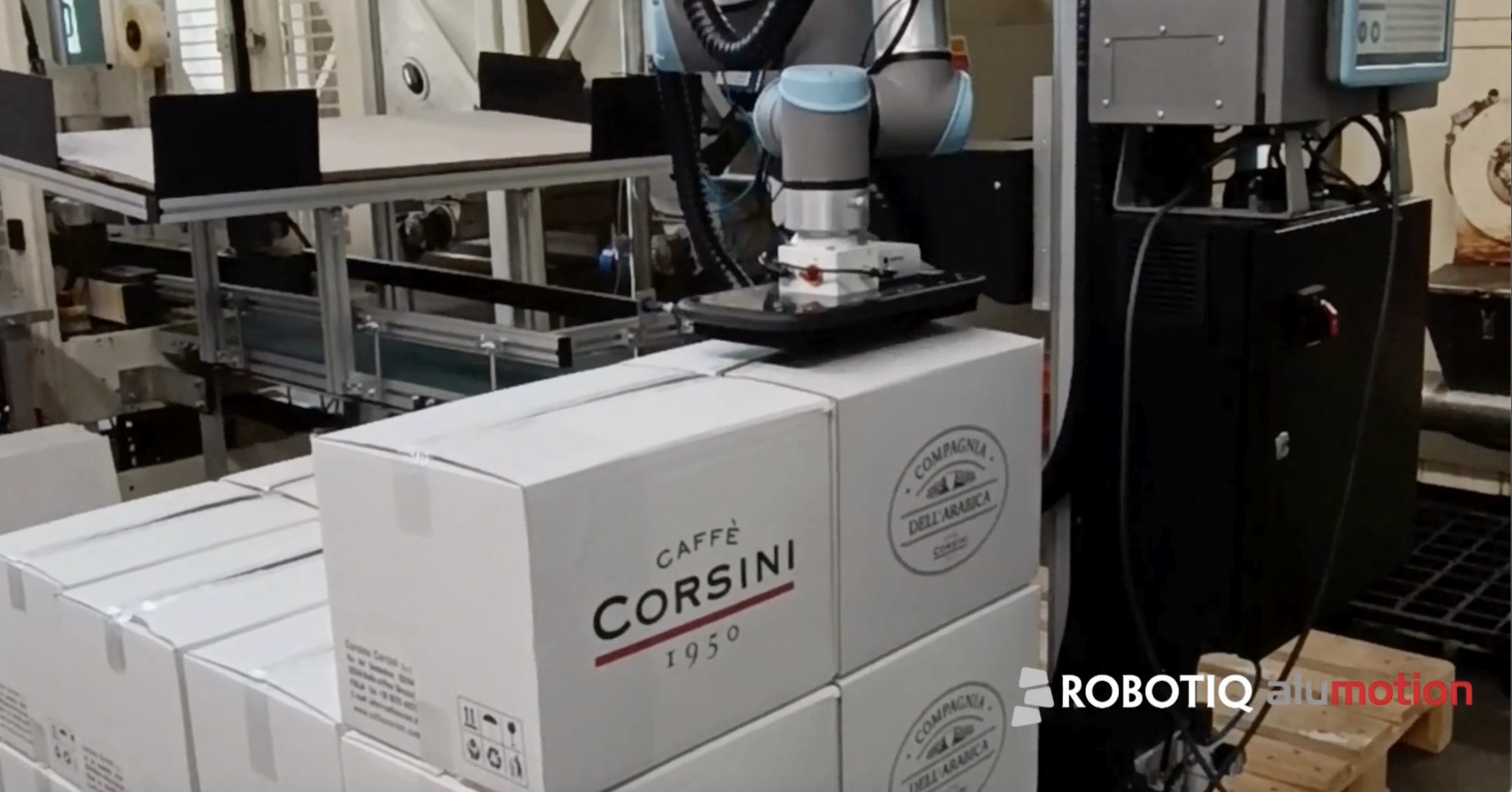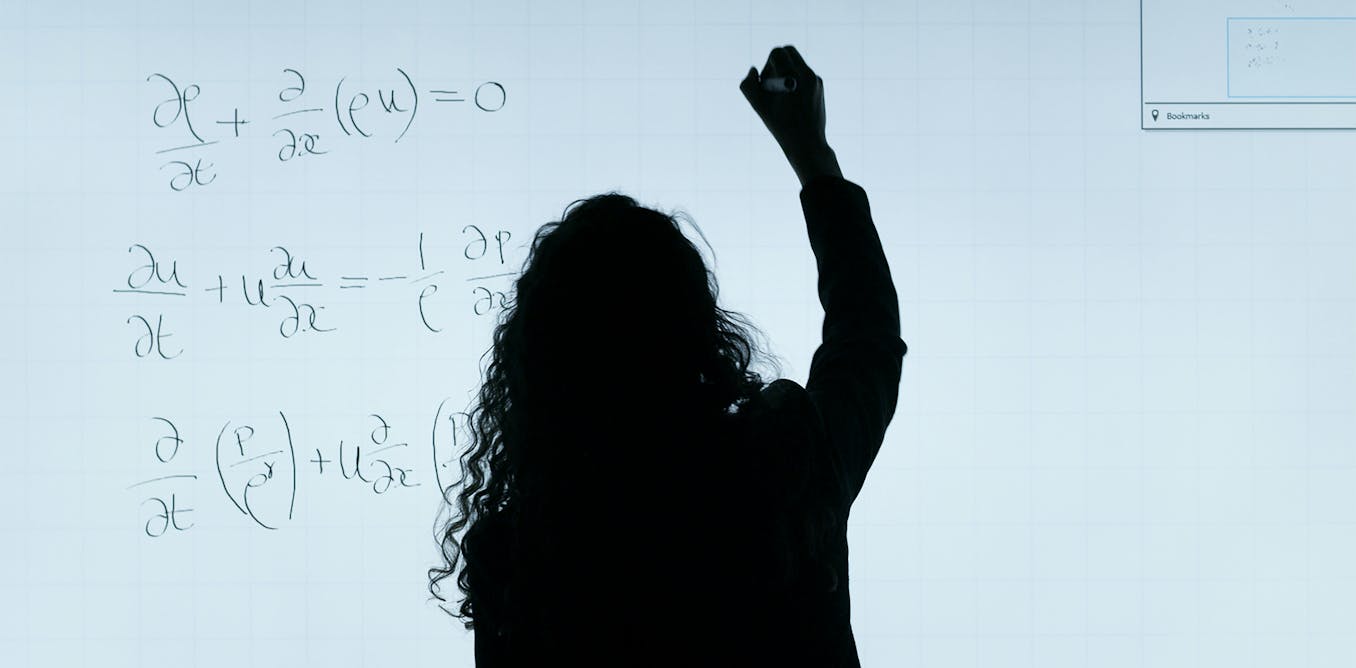Japan’s Ultra Advanced Robots and Technologies are CHALLENGING The US
Japan has always been at the forefront of technology and robotics, and their latest advancements are truly groundbreaking. The Toyota Motor Corporation recently unveiled a humanoid robot that can play the violin with incredible skill and precision. This robot stands at 1.52 meters tall, weighs 56 kg, and thanks to its 16 joints, can manipulate the violin effortlessly.
But that’s not all; Toyota has also developed a robot specifically designed for cooking. The motoman sda1 robot can mix ingredients, fry pancakes, and even ask customers for their preferred seasonings. The culinary skills of this robot are truly impressive and could potentially change the landscape of the restaurant industry.
In response to the COVID-19 pandemic, the Japanese conglomerate SoftBank replaced spectators in a baseball stadium with humanoid robots. Pepper robots, dressed in team merchandise, were seated in the stands to create a more lifelike atmosphere during games.
Japan has also made significant strides in the field of medical robotics. Engineers and designers at the University of Tokyo have created an innovative robotic backpack called Gai Arms, which can accommodate up to six controllable limbs. This device can be used for various applications, including assistance for people with poor balance and construction workers.
Overall, Japan’s advancements in robotics and technology are not only impressive but also challenging the US to keep up with their pace of innovation. From cooking and music to sports and healthcare, Japan’s ultramodern robots and technologies are setting new standards and pushing the boundaries of what is possible in the world of robotics.
Watch the video by Carros Show
Video Transcript
This Toyota Motor Corporation has unveiled a humanoid robot that can play the violin alongside a group of musical robots the height of the new Android is 1.52 M and it weighs 56 kg its speed of movement is up to 3 to 4 kmph the robot musician is capable of extracting sounds from such
An instrument as the violin excellently it does so skillfully that it effortlessly plays the popular Japanese Melody Pomp and Circumstance by the English composer Edward Elgar and all all thanks to its 16 joints which allow the robot’s mechanical hands to virtuostic handle the violin according to representatives of Toyota this
Musician can be used in medical institutions and nursing homes for the elderly for entertainment purposes work on the hardware and software of the robot lasted for 3 years and it seems that the work has indeed turned out to be of high quality at least the robot plays the violin perfectly the violin is
Just an advertisement of the Android’s capabilities according to Engineers the main purpose of the robot is to care for the elderly and sick people household chores child care and medical assistance the musician is not yet ready to wield frying pans or hang a picture on the
Wall but its creators say they intend to further work on the flexibility and dexterity of the humanoid machine so that it can use a variety of manual tools another development by the Japanese company Toyota is a robot that excels at cooking The Culinary talents of the motoman sda1 robot are
Demonstrated using two mechanical arms each equipped with seven joints attached to a torso with a height of 135 cm and a total weight of 220 kg thus despite the lack of legs the robot Works excellently with its hands mixing ingredients for pancakes in a bowl and carefully placing
The prepared dough on a hot plate afterward it Smooths the dough with a spatula giving the pancakes a perfectly round shape equally skillful the robot flips these Pancakes on the skillet frying them on both sides then the motoman sda1 places the okonomiyaki on a plate and asks the customer about their
Preferred sauces and Seasonings unfortunately it is not reliably known how edible the pancakes prepared by the robot turn out to be in the midst of the Corona virus pandemic a rather funny incident occurred in Japan due to restrictions imposed by the illness the baseball team of the Japanese conglomerate SoftBank
Replaced Spectators in the stands with humanoid robots pepper to make the robots resemble real fans more they were dressed in SoftBank Hawks team merchandise like many countries experiencing outbreaks of the Corona virus Japan was forced to postpone the season of the local baseball league players were only able to take the field
After the state of emergency was lifted however access for fans to the stands remained prohibited the baseball team of the Japanese conglomerate soft Bank addressed the issue of empty stands by seating robots in place of Spectators to make the humanoids resemble real fans more the team dressed the pepper robots
In t-shirts with the club’s logo the game attended by the robots was held at their home field in the paye dome area under normal circumstances this stadium in Fukuoka can accommodate 40,000 Spectators pepper the robot is one of softbank’s most well-known developments thanks to HD cameras and distant sensors
The robot can recognize its surroundings and respond to people’s emotions instead of legs the humanoid robot has a system of small wheels engineers and designers from the University of Tokyo have developed the gai arms robotic backpack which can accommodate up to six controllable limbs the device attaches to the Torso with
Several straps and the hands are made into are changeable users can choose between humanlike arms or grippers the backpack weighs quite a bit 4.1 kg without the robotic arms with them it weighs up to 14 kg movements are remotely controlled through a special setup which is a scaled down version of
The device itself the length of the robotic arms was chosen so that when extended forward in front of the user they would be approximately equal in length to the user’s own arms the hands of the robotic arms are detachable and if necessary they can be replaced with
Grips of a different type designers also o attempted to give the robo limbs an anatomical resemblance to human arms controlling the arms is not as simple as it seems sometimes it requires the involvement of several operators simultaneously and wearing the backpack without their assistance is impossible
This is the main problem that needs to be solved it is quite possible that in the future with the development of neuro interfaces it will be possible to implement control by thought power then users could manipulate the robotic arms similar to controlling their own if you’re interested in table tennis
Lessons then the robot developed by Specialists from the renowned Japanese company rron Corporation is exactly what you need this robot named forus possesses such sophisticated teaching skills and capabilities that it has been honored with a prestigious place in the Guinness World Records the control system of the forus robot uses cameras
Operating at a speed of 80 frames per second and other motion sensors enabling the robot to track the movement of the tennis ball the player’s body position and movements in real time assisting forus in playing the role of a teacher the robot can also highlight the spot
Where the tennis ball will hit indicate the optimal trajectory for the Player’s racket movement and much more complex software algorithms and an artificial intelligence system allow forus to assess the player skill level and adjust the lessons accordingly Japanese scientists from KO University in Tokyo have created a robotic tail called ark designed to
Assist people with poor balance the robo tail is attached to the wearer’s waist with special straps and analyzes is the body’s position equipped with numerous sensors it detects which way the wearer is leaning and helps them maintain balance if the person leans left it turns right and if forward the tail
Rises upward this counteraction adjusts the center of gravity aiding in body balance correction the tail can be used by elderly individuals for additional support and by people working with heavy loads its future applications are also envisioned in the entertainment industry such as in virtual reality related attractions where the tail would
Simulate tactile Sensations and the external environment Panasonic has developed a new exoskeleton called a tune designed specifically for Health Care Personnel Caregivers for the elderly and construction workers according to the company the new model weighs 4.4 kg which is 40% lighter than the previous version the weight reduction was
Achieved by replacing the metallic frame with a polymer one as well as using more compact Motors and batteries the exoskeleton is attached at the waist and supports the user’s lower back when lifting or moving heavy loads location sensors accurately track the user’s movements in space while an embedded algorithm predicts their next actions
The motors synchronously duplicate these actions reducing the strain on the user’s muscles field trials involving people have confirmed a 40% reduction in load on the lumbar quadriceps and a 10% reduction on the long rib of the chest the exoskeleton operates on a battery that lasts for 4 hours and its
Dimensions allow it to be used by individuals ranging in height from 150 to 190 cm currently exoskeletons are used in construction logistic centers factories and agricultural Farms the Japanese company Honda has unveiled its latest creation an emotional assistant robot dubbed as empathetic robot 3E a18 it is designed
For interacting with humans with plans to use it as an assistant robot in places like stores and airports the robot is capable of recognizing human emotions and responding to them with understandable facial expressions thereby providing comfortable communication for the human interlocutor the Japanese have unveiled a quadrupedal
Riding robot the size of a car it can walk in various Gates and accommodate up to four passengers Engineers from sansi Technologies specializing in the production of amusement rides and Stage equipment have built the quadrupedal walking robot sr02 with a passenger cabin the riding robot stands at about 2
M in height 1.6 m in width and 3.4 m in length the robot can walk forward and backward using different Gates rotate in place by 3 60° and squat bending all four legs to disembark passengers the Control software used is the azr veto robot control system which allows onboard Personnel or an external
Operator to control the robot’s movements right in the comments which of the robots shown in this video impressed you the most don’t forget to like this video And subscribe to the caros show channel also check out our previous videos see you next time
Video “Japan’s Ultra Advanced Robots and Technologies are CHALLENGING The US” was uploaded on 02/13/2024 to Youtube Channel Carros Show
























